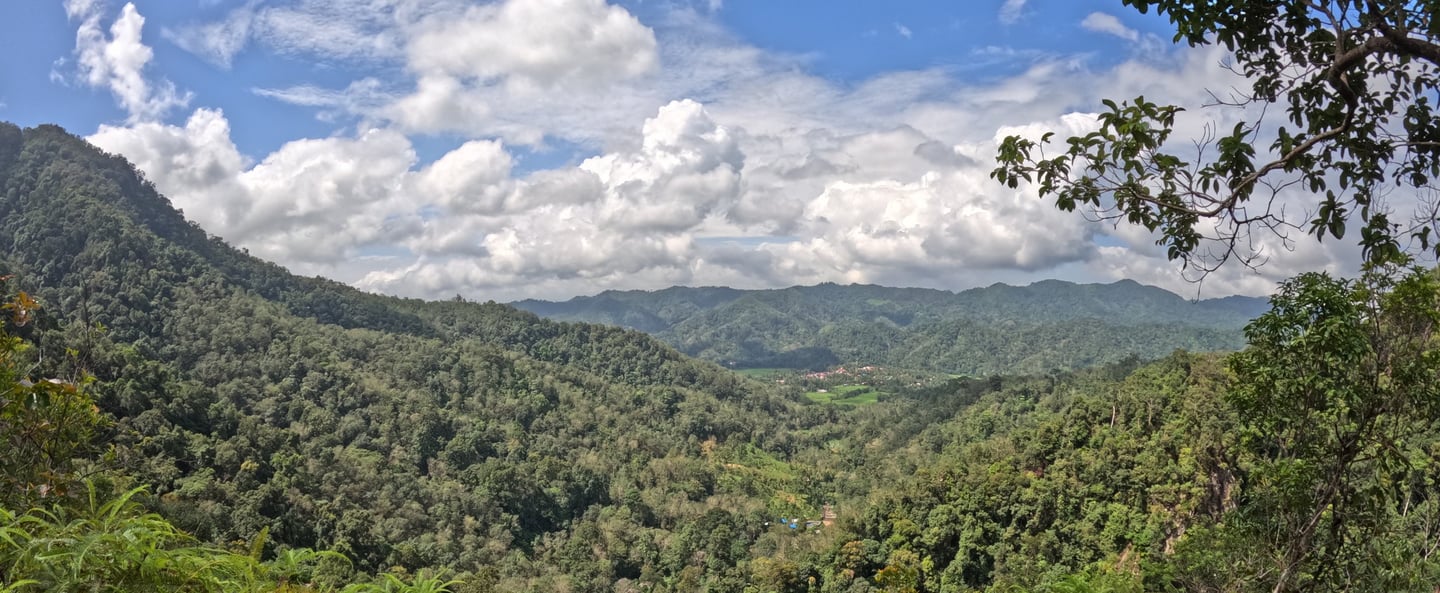Rattan, The Magical Spiny Climbers
Indonesia is home to over 512 species of rattan, making it a vital source for this versatile material, with approximately 80% of the world's rattan supply coming from the country. Often mistakenly categorized with bamboo, rattan is actually a member of the palm family. Its significance extends beyond mere economic value; rattan has a deep-rooted bond with the Indonesian people, embodying a rich cultural heritage that has been passed down through generations. This traditional significance underscores the importance of rattan in various aspects of Indonesian life, from crafts to furniture, showcasing the craftsmanship and ingenuity of the artisans who work with it. Rattan not only represents a sustainable resource but also tells the story of a community's identity and creativity. Rattan is a fascinating plant that serves as an important indicator of forest health. Its unique spine allows it to climb gracefully among the trees, reaching for sunlight while intertwining with the surrounding vegetation. This climbing capability not only showcases nature's ingenuity but also highlights the symbiotic relationships within the forest ecosystem. As rattan thrives, it signals a flourishing environment, vital for maintaining biodiversity and supporting various wildlife. Additionally, rattan is prized for its sustainable use in furniture and crafts, making it both an ecological asset and an economic resource. By recognizing rattan's role in forest ecosystems, we can better appreciate its contribution to environmental balance and sustainability.
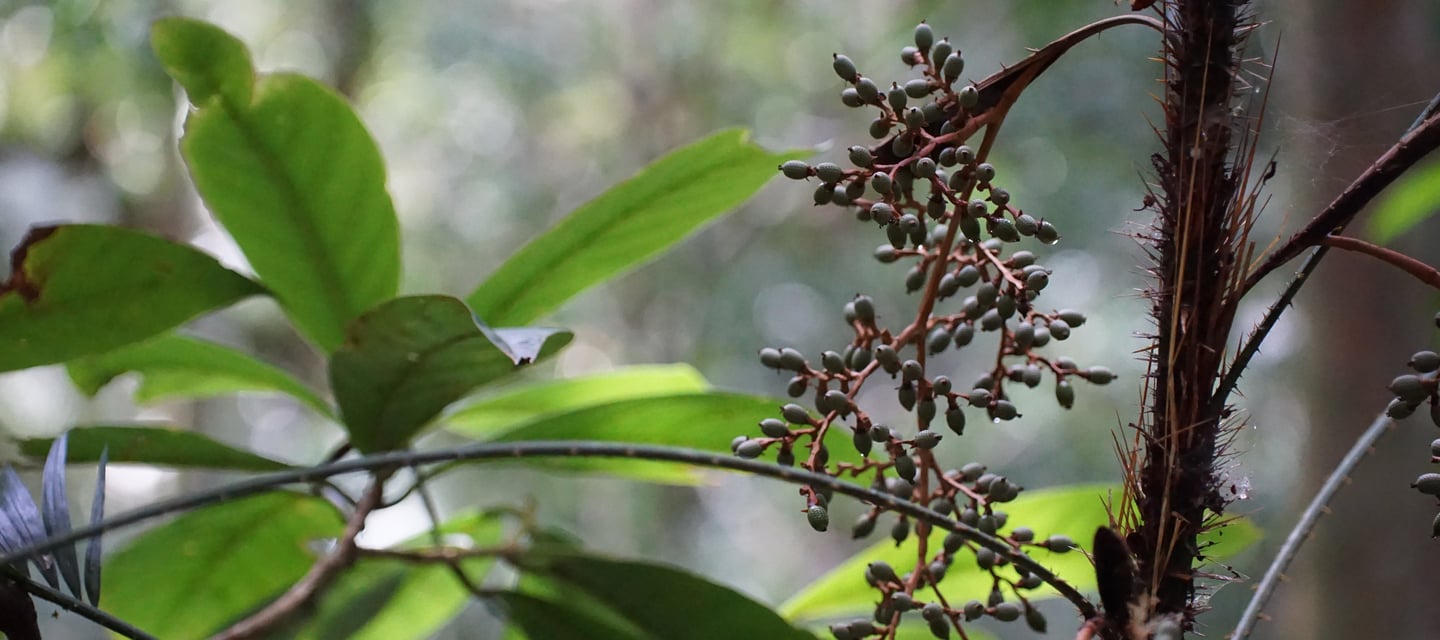



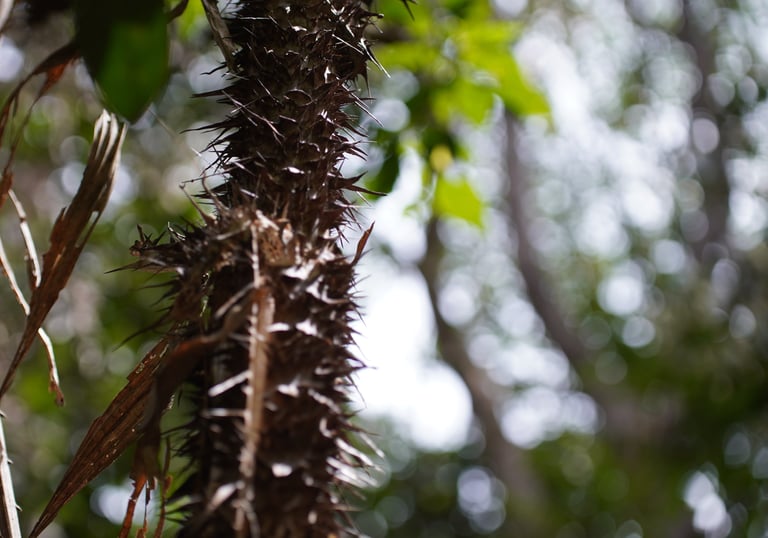

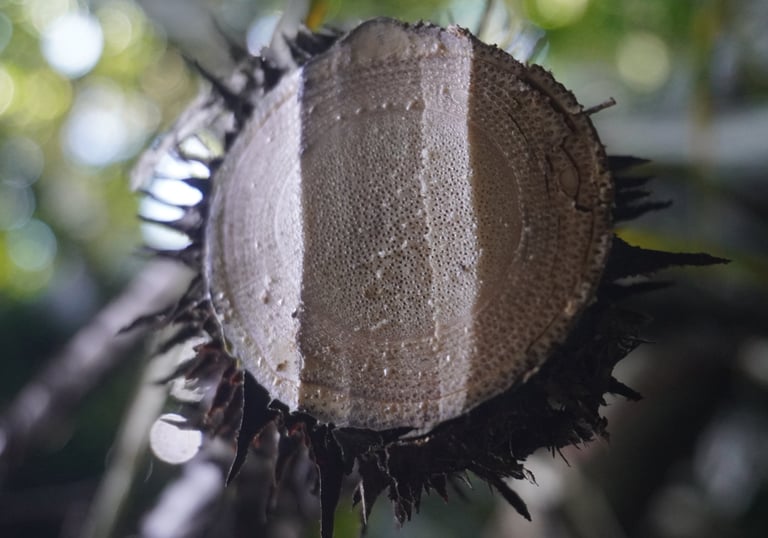

Rattan Plant
Rattan Sheathed Stem
Inner Layers of Rattan Stem
Rattan
Harvesting Rattan



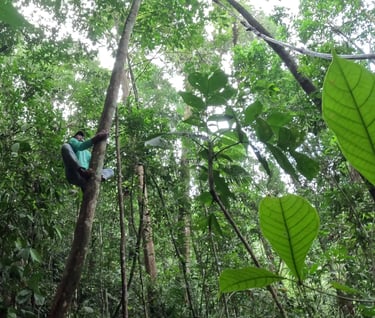


Harvesting rattan is not for the faint of heart—it begins deep in the forest, where the air is thick with the scent of earth and the terrain is anything but forgiving. At dawn, farmers set out with machetes at their sides, ready to walk—no, climb—over 10 kilometers of steep, muddy terrain, pushing through dense, wild undergrowth. Rattan doesn’t grow on the ground; it climbs high into the trees, its thorny stems tangled like nature’s barbed wire, forcing farmers to scale trunks with skill and precision just to cut it down. One wrong move invites sharp thorns or serious injury, and once cut, the vines must be carefully pulled and detangled from the canopy. Then comes the hardest part: hauling bundles of rattan, sometimes weighing up to 50 kilograms, back to the village over the same punishing path, sweat pouring, muscles trembling. This is where every polished piece of rattan furniture begins—with grit, risk, and the relentless strength of the farmers who carry nature’s burden on their shoulders.
Rattan is special not just because of its strength and flexibility, but because of the powerful change it brings to the people and places it touches. Through sustainable cultivation and craftsmanship, rattan has become a lifeline for local farmers and artisans—offering stable income, improved agricultural practices, and long-term security. It empowers communities, strengthens traditional skills, and opens doors to global markets, all while preserving forests and the rich biodiversity within them. Rattan cannot grow without trees—it climbs, lives, and thrives within healthy forests, meaning that by using rattan sustainably, we are also supporting the ecosystems that allow it to exist. Every piece of rattan we use is a contribution to keeping the forest alive, ensuring that both nature and the communities that depend on it can continue to thrive. More than just a material, rattan is a bridge between people and nature, a symbol of resilience, and a catalyst for sustainable, community-driven transformation.
Why rattan is special?
